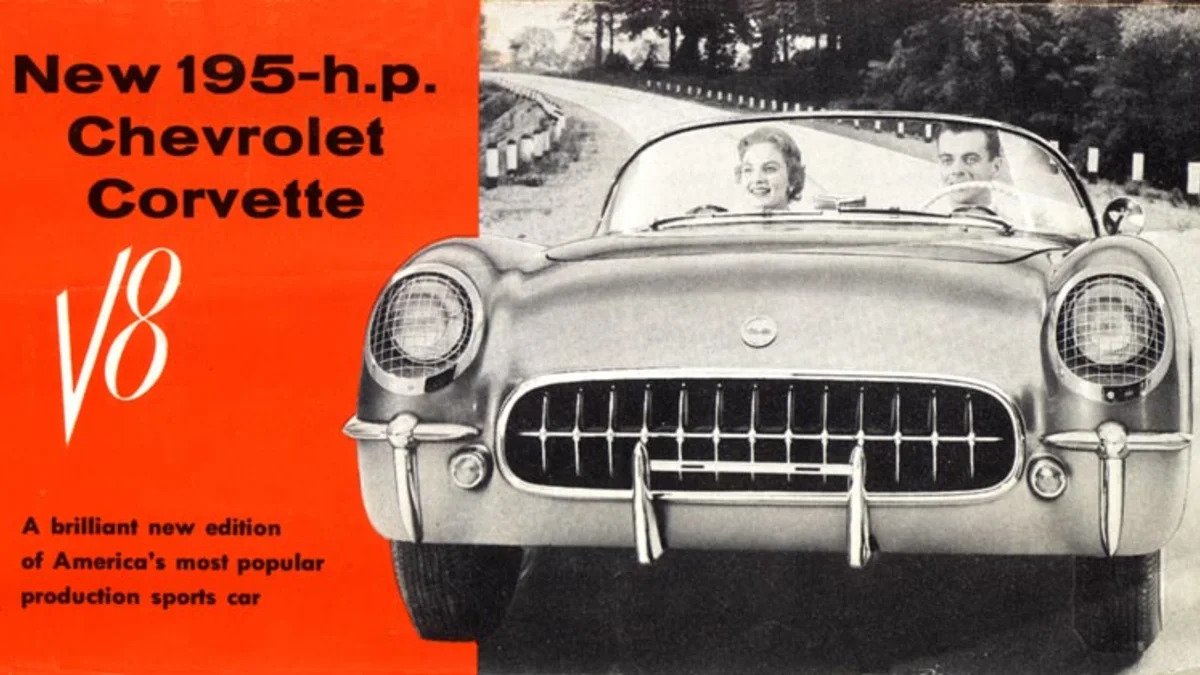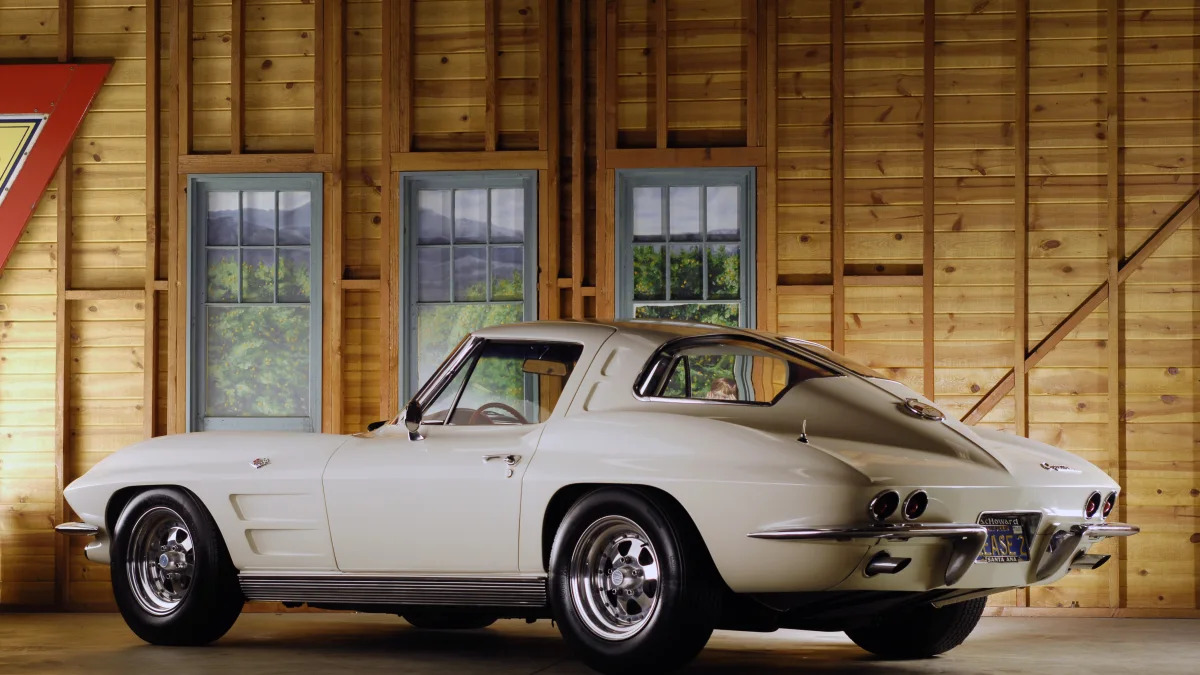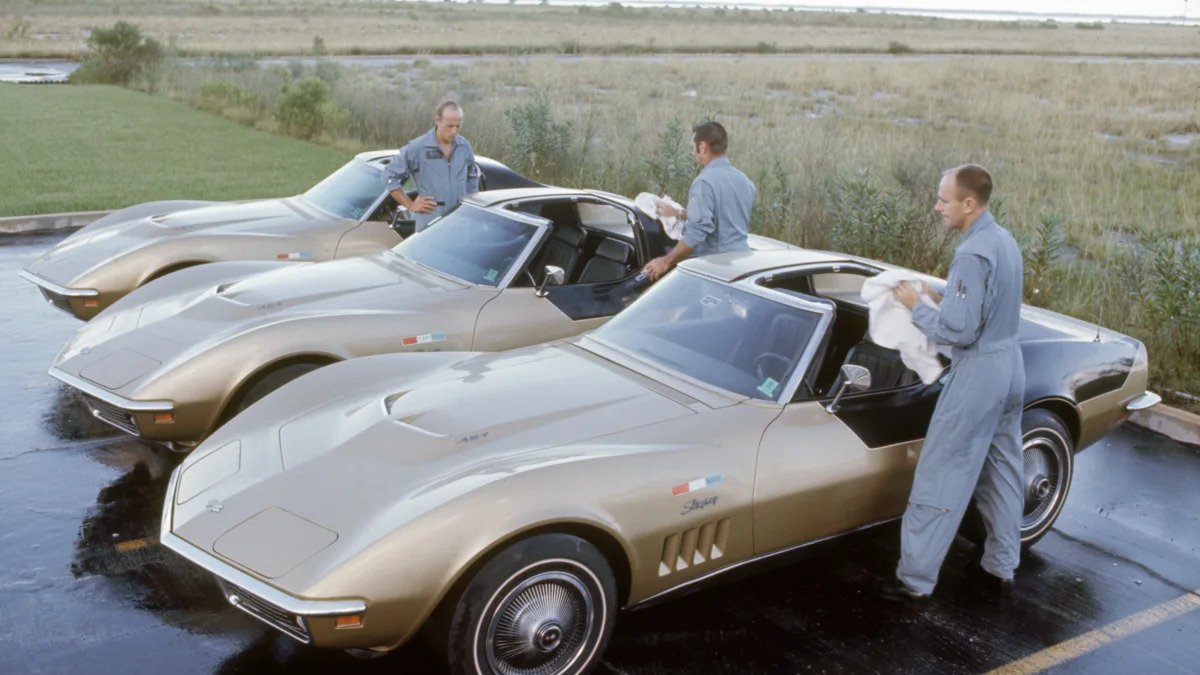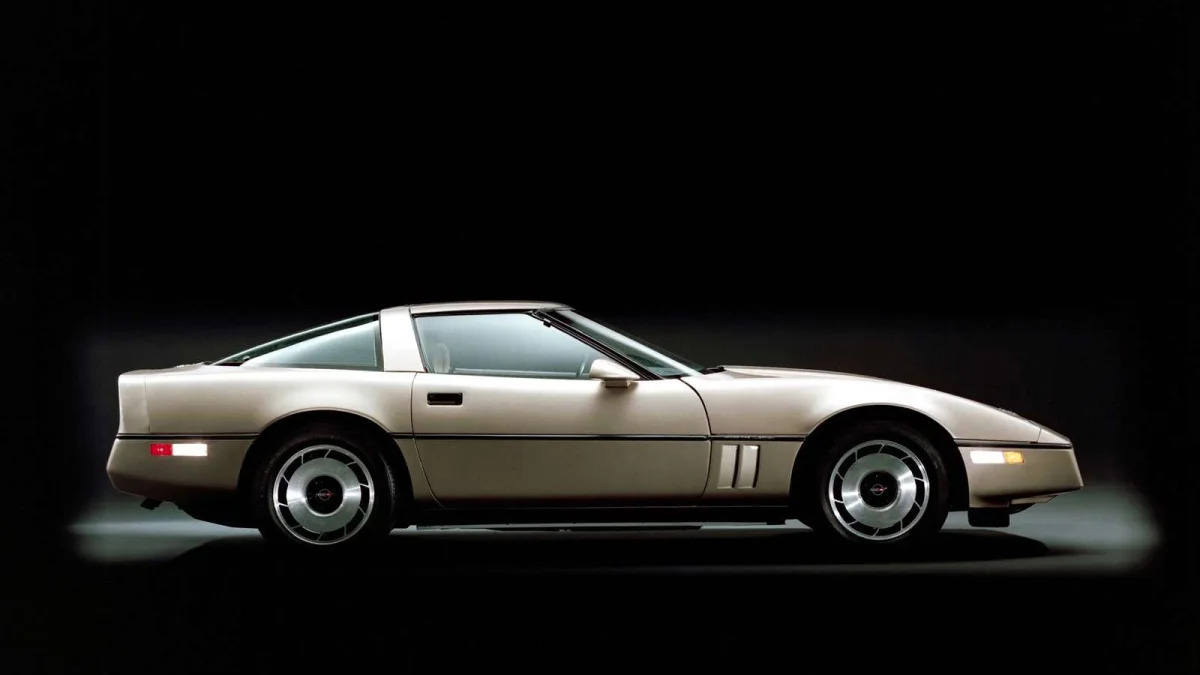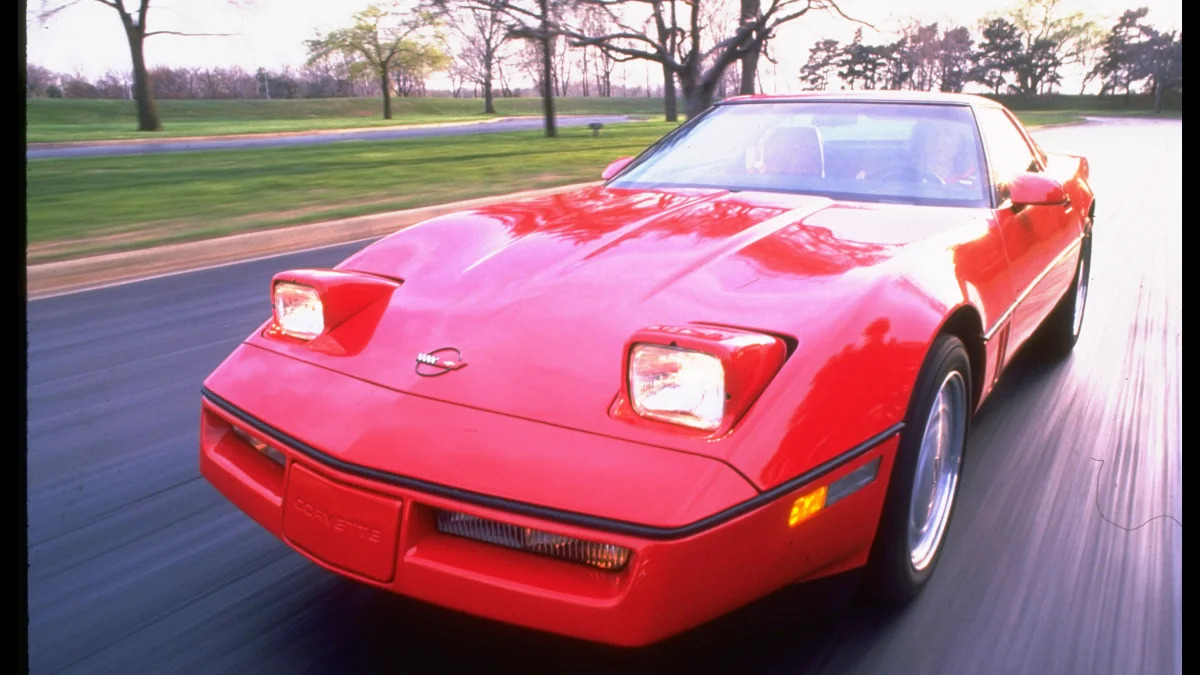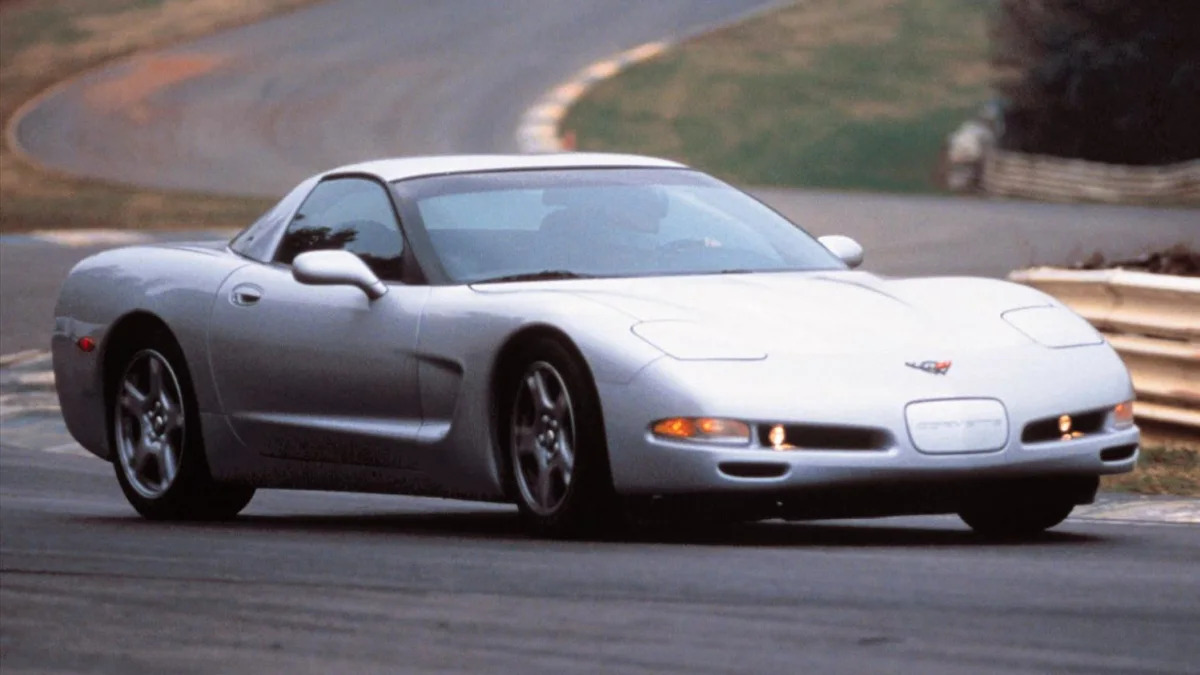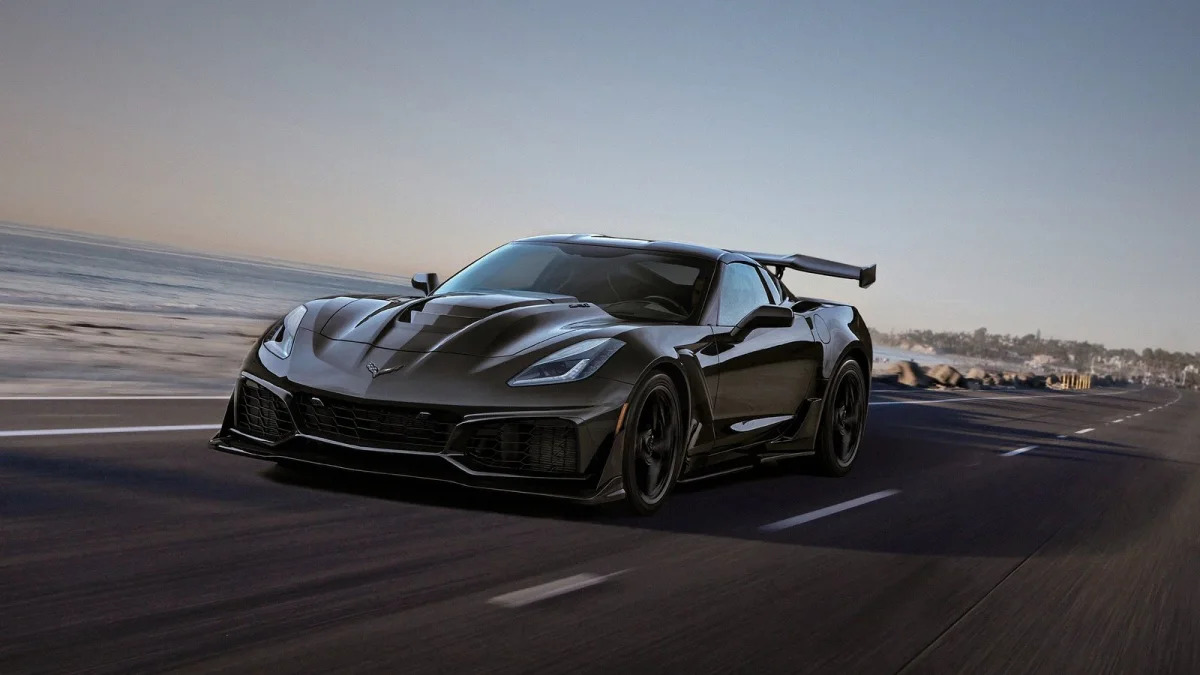Top Chevrolet Corvette milestones through its first seven generations
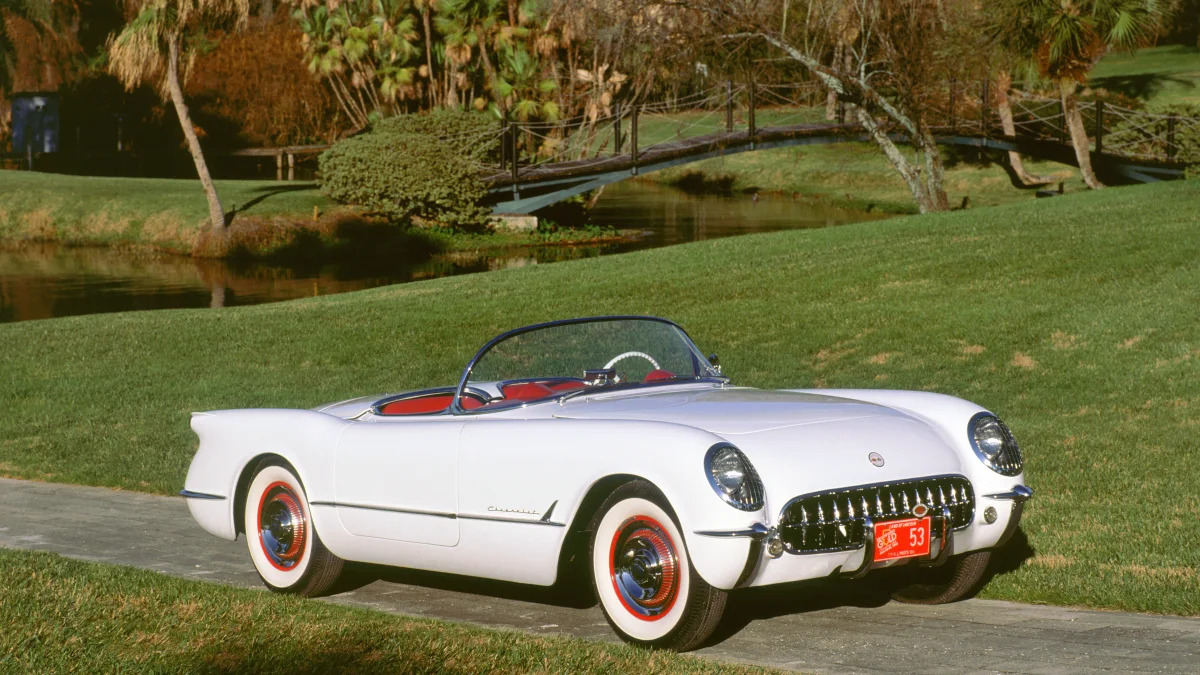
-
- Image Credit: National Motor Museum/Heritage Images/Getty Images
1953 Chevrolet Corvette
Find this deal in your area
See Local DealsThe Chevrolet Corvette is an American icon. It's about to enter its eighth generation, moving from a front- to a mid-engine design for the first time. That's a major innovation for the 'Vette, and it follows a long line of technological advances introduced or integrated into the Corvette over its first seven generations.
So let's take a look back in time at some of the most noteworthy advancements in Corvette history.
Apart from its first few years on the market, which came at a time before members of General Motors' top brass were fully bought in on the idea of a true American sports car, the 'Vette has always stood for performance.
The 1953 model you see above represents the first year that the Chevrolet Corvette was sold to the public. The first Corvette rolled off a temporary assembly line an impossibly fast six months after the concept version's debut, a feat made possible in part because Chevy engineers utilized fiberglass for the car's bodywork. That composite bodywork would be a defining characteristic of the Corvette through the years. Around 300 Corvettes were produced in 1953. All of them were painted white with a red interior. A 235-cubic-inch inline-six cylinder engine sat underhood, sending 150 horsepower through a 2-speed automatic transmission.
Those humble specifications wouldn't last long. The legendary Zora Arkus-Duntov grasped hold of the Corvette program with both hands, with the goal to turn it into a legitimate sports car.
Chevrolet Corvette Information

-
- Image Credit: Chevrolet
1955 Chevrolet Corvette
Find this deal in your area
See Local DealsChevrolet offered a V8 engine in the Corvette for the first time in 1955. In fact, this year marked the introduction of General Motors' long-running small block Chevrolet V8 engine. A three-speed manual transmission became optional as well. The 1955 Chevy Corvette's 265-cubic-inch V8 spun out 195 horsepower, and it cut a full 1.5 seconds off the car's 0-60 time.
Dual four-barrel carburetors and a high-lift camshaft were optional for 1956, further improving performance.
Fuel injection became optional in 1957, and so equipped the Corvette's 283-cubic-inch V8 produced one horsepower per cubic inch. A four-speed manual transmission also debuted in 1957.
Chevrolet Corvette Information

-
- Image Credit: National Motor Museum/Heritage Images/Getty Images
1963 Chevrolet Corvette
Find this deal in your area
See Local DealsChevrolet continued to incrementally increase the Corvette's performance over the next few years, but one constant remained that hindered the car's potential: a solid rear axle.
That changed for 1963 as Chevy introduced the second-generation of the Corvette. This was the first year that the Corvette carried the Sting Ray moniker and the only year for the unique split rear window arrangement. A single transverse leaf spring was utilized for the car's independent rear suspension, and the V8 received electronic ignition.
General Motors finally had a race-worthy platform, but unfortunately the company's corporate ban on racing cut Arkus-Duntov's Grand Sport project short. Only a few Corvette Grand Sport models make their way into privateer hands, and it proved a formidable race car despite being forced to race in the FIA's ultra-competitive prototype class.
1965 saw the introduction of Chevy's big-block 396-cubic-inch V8 engine, and 1967 was the first year for the automaker's lauded 427-cubic-inch L88 engine. Purposely underrated from the factory at 430 horsepower, in full race trim the high-compression L88 pushed out closer to 600. Just 20 L88s were produced in 1967, making that model one of the most collectible Corvettes of all time.
Chevrolet Corvette Information

-
- Image Credit: Ralph Morse/The LIFE Picture Collection via Getty Images/Getty Images
1969 Chevrolet Corvette
The third-generation Corvette debuted in 1968, and it offered a 427 cubic-inch V8 with 435 horsepower and optional T-tops. The L88 was again an unadvertised option. We're highlighting the 1969 here as the last year for the L88 engine option and the only year for the all-aluminum ZL1 engine.
At $3,010, the ZL1 engine option was ridiculously expensive in 1969, and as a result, just three examples were ever sold. It displaced the same 427 cubic inches as the rest of the big-block engine options offered in the Corvette that year, but it weighed a full 100 pounds less than its cast-iron stablemate. That had a predictably positive effect on performance, with a ZL1 said to have been able to eclipse the quarter mile in the low 11-second range, despite the comparatively low-tech tires of the day.
1969 would prove to be the highlight of Corvette performance for the next two decades. As the 1970s progressed, horsepower dropped. The 1975 Corvette's standard V8 offered just 165 horsepower, making that model a low point in the model's history.
-
- Image Credit: Chevrolet
1984 Chevrolet Corvette
Find this deal in your area
See Local DealsInterestingly, there is no 1983 Chevrolet Corvette. While Chevy did sell Corvettes that year, the fourth-generation model's late production start meant they were labeled as '84s. That also means there was no 30th anniversary celebratory edition.
But the 1984 Corvette introduced several noteworthy milestones to the Corvette line. It's the first Corvette that sported a unibody design with a smaller perimeter frame that Chevrolet called a uniframe, a transverse leaf spring for the front suspension, aerodynamic wedge-shaped bodywork that boasts a low 0.34 drag coefficient, and a full suite of digital gauges inside. Its 205-horsepower 350-cubic-inch (5.7-liter) V8 engine wasn't a performance powerhouse, but for its time, the 1984 Corvette was a serious sports car.
The 1985 Corvette introduced Tuned Port Injection for its 5.7-liter V8, which pushed horsepower to 230, but bigger improvements were in the works.
Chevrolet Corvette Information

-
- Image Credit: Andrew Sacks/The LIFE Images Collection via Getty Images
1989 Chevrolet Corvette ZR1
Find this deal in your area
See Local DealsIt may not have looked much different from lesser C4 Corvettes (besides is squircle-shaped taillights), but the ZR1 was a whole new animal underneath its fiberglass skin. The ZR1 debuted at the Geneva Motor Show packing 375 horsepower courtesy of an innovative aluminum-block 5.7-liter V8 co-developed with Lotus and built by Mercury Marine. The LT5 V8 featured dual-overhead camshafts, four valves per cylinder, and a variable intake runner design.
Special P315/ 35ZR-17 Goodyear Eagle Gatorback tires, enlarged ventilated disc brakes, and a Bilstein-developed suspension setup with adjustable damping and three driving modes meant the ZR1 was the most handling-focused Corvette ever developed.
The ZR1 was as fast as it was durable. In 1990, a team of eight drivers set an endurance record when they averaged 175.710 miles per hour over a 24-hour period at a track near Fort Stockton, Texas.
Power increased to 405 horsepower in 1992.
Chevrolet Corvette Information

-
- Image Credit: Chevrolet
1997 Chevrolet Corvette
Find this deal in your area
See Local DealsThe world-conquering ZR1 ended production in 1995 after fewer than 7,000 were built. An optional LT4 V8 engine offered 330 horsepower in 1996 mated to a six-speed manual transmission.
But much bigger changes were in store for 1997 with the introduction of the fifth-generation Corvette. A backbone frame with hydroformed side rails, a rear-mounted transaxle, and a dramatic rearward shift to the engine's placement meant this was the best-handling Corvette yet produced. This generation also marks the introduction of Chevrolet's lauded LS series of V8 engines. In the '97, the 5.7-liter LS1 produced 345 horsepower.
In 2001, Chevrolet launched the Corvette Z06, which featured an LS6 engine boasting 385 horsepower. That rose to a ZR1-equalling 405 ponies in 2002.
Chevrolet introduced a carbon fiber hood for the Corvette in 2004, the final year of the C5.
Chevrolet Corvette Information

-
- Image Credit: Chevrolet
2019 Chevrolet Corvette ZR1
Find this deal in your area
See Local DealsChevrolet pulled out all the performance stops for the 2019 Corvette ZR1. With 755 horsepower from a supercharged 6.2-liter V8 engine and the option between a 7-speed manual or 8-speed automatic transmission, the 2019 ZR1 is the fastest, most powerful Corvette ever created.
It'll do 0-60 in less than 3 seconds, the quarter mile in 10.6 and can hit a top speed of 212 miles per hour. Its supercharger is so large that it pokes through a massive hole in the car's hood, and has a rear wing so big it looks like it's borrowed from Cessna. Even with a sticker price north of $120,000, it's also a performance bargain with specs that can meet or beat some offerings from Ferrari, Lamborghini, McLaren and Porsche.
We don't know exactly what the future holds for the Chevy Corvette. But if the past is any indication, the new mid-engine C8 is going to be a technological powerhouse capable of competing with the best the world has to offer.
Chevrolet Corvette Information

